Home>Garden Essentials>What Is The Best Bird Seed
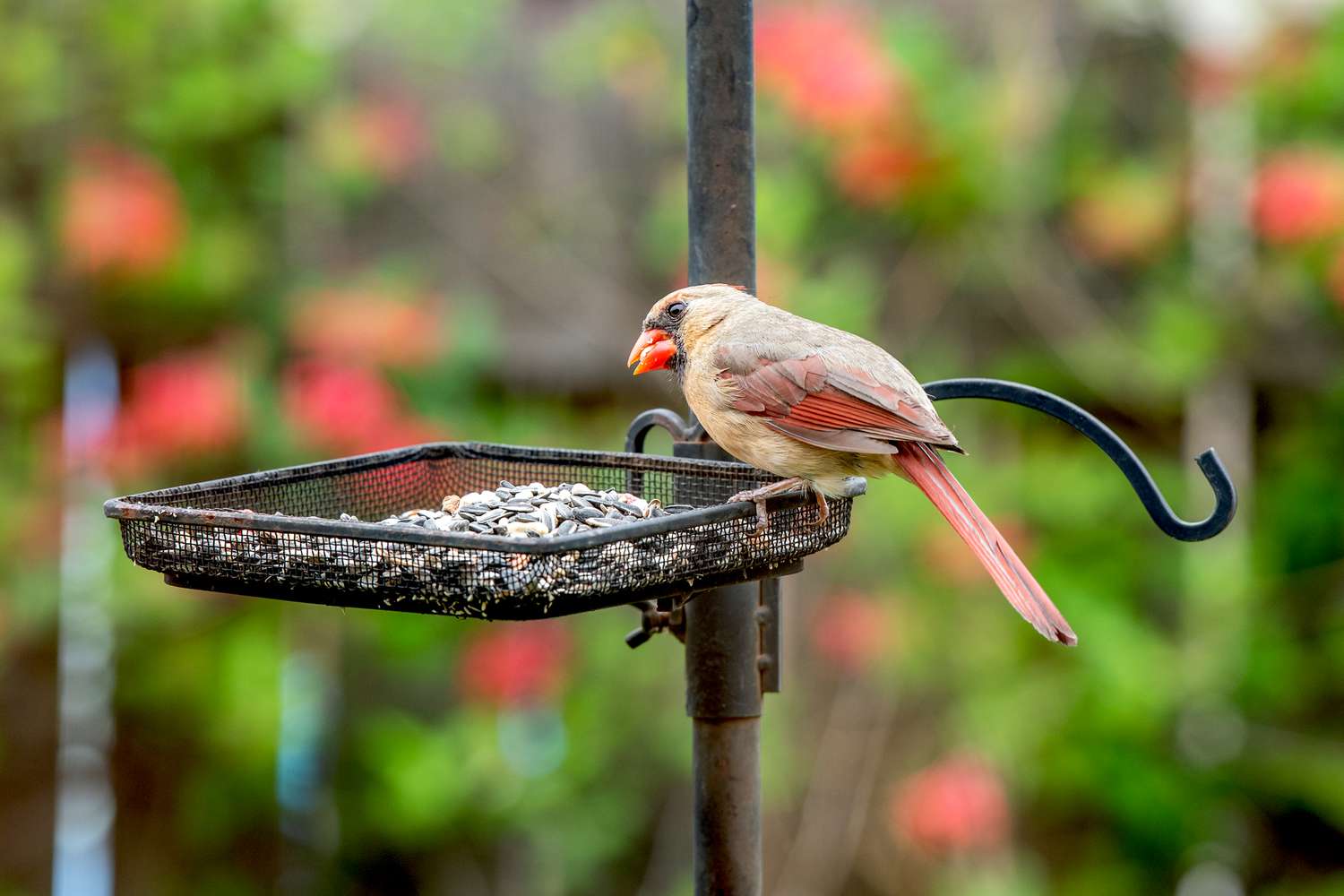

Garden Essentials
What Is The Best Bird Seed
Modified: March 16, 2024
Discover the best bird seed for your garden and attract a wide variety of feathered visitors. Find out which seed types are most popular and effective at enticing birds to your backyard.
(Many of the links in this article redirect to a specific reviewed product. Your purchase of these products through affiliate links helps to generate commission for Storables.com, at no extra cost. Learn more)
Introduction
Welcome to the wonderful world of bird feeding! There’s nothing quite as delightful as attracting a variety of birds to your garden with the irresistible allure of bird seed. Whether you’re a seasoned bird enthusiast or just starting out, choosing the right bird seed is crucial to creating an inviting and nourishing environment for our feathered friends.
When it comes to selecting bird seed, there are several factors to consider. Birds have different dietary needs and preferences, so it’s important to provide a variety of seed options. Additionally, the quality and freshness of the seed can greatly impact the success of your bird feeding efforts.
In this article, we will explore the different types of bird seed available, popular bird seed mixes, and the best seed options for attracting specific bird species. We will also discuss different ways to offer bird seed and provide valuable tips for successfully attracting birds to your garden. So grab a cup of coffee, settle into your favorite chair, and let’s dive into the wonderful world of bird seed!
Key Takeaways:
- Choose a variety of high-quality bird seed to attract diverse bird species to your garden. Experiment with different seed mixes and feeding methods to maximize bird sightings and enjoy the beauty of nature.
- Create an inviting bird-friendly environment with fresh water, shelter, and natural elements. Be patient, observe bird activity, and adjust your feeding station to attract a wide array of feathered friends.
Read more: What Is In Bird Seed
Factors to Consider When Choosing Bird Seed
Choosing the right bird seed is important to ensure that you are providing the ideal nutrition and attracting the desired bird species to your garden. Here are some key factors to consider:
1. Bird Species
Different bird species have different dietary preferences. Some birds prefer seeds, while others may prefer nuts, fruits, or insects. Research the types of birds you hope to attract and choose a seed mix that caters to their tastes.
2. Seed Quality
Opt for high-quality bird seed that is fresh, clean, and free from dust, debris, and mold. Look for seed that has been tested for purity and has a high percentage of the actual seed you want to feed the birds.
3. Seed Variety
Offering a variety of seeds can attract a wider range of bird species. A mix that includes sunflower seeds, millet, cracked corn, and peanuts can provide a balanced diet and appeal to different birds.
Read more: What Birds Eat Seeds
4. Suet and Mealworms
In addition to seed, consider supplementing your bird feeding station with suet and mealworms. Suet is a high-energy food made from animal fat, while mealworms are a protein-rich treat that many birds enjoy.
5. Location and Weather
Consider the location of your bird feeders and the weather conditions in your area. Choose seed that is suitable for the climate and location. For example, if you live in a wet area, opt for seed that is less likely to become soggy or sprout.
6. Budget
Bird seed can vary in price, so consider your budget when selecting a seed mix. Keep in mind that cheaper options may contain more fillers and lower-quality ingredients, while higher-priced seed may be more nutritious and attract a wider variety of birds.
7. Experiment and Observe
Don’t be afraid to experiment with different seed mixes and observe which ones attract the most birds to your garden. Keep a close eye on the feeder activity and make adjustments as needed to maximize bird sightings.
By considering these factors, you can make an informed decision when choosing the best bird seed for your garden. Remember, providing a nutritious and enticing variety of seed will help attract a diverse range of bird species, allowing you to enjoy the beauty and melodious songs of our feathered friends.
Read more: What Can You Feed Birds Besides Bird Seed
Different Types of Bird Seed
When it comes to bird seed, there are various options available to cater to the diverse dietary preferences of birds. Let’s explore some of the most common types:
1. Sunflower Seeds
Sunflower seeds are a popular choice among backyard bird feeders. They are rich in fat and protein, making them an excellent source of energy for birds. There are two main types of sunflower seeds: black oil sunflower seeds, which have a thinner shell and are easy for most birds to crack open, and striped sunflower seeds, which have a thicker shell and are preferred by larger birds like jays and woodpeckers.
2. Nyjer (Thistle) Seeds
Nyjer seeds, also known as thistle seeds, are tiny black seeds that are a favorite of finches and other small songbirds. These seeds are highly nutritious, rich in oils, and provide an abundant source of energy. Nyjer seeds require a special feeder with small holes to prevent them from spilling out.
3. Millet
Millet is a small round seed that comes in various colors, including white, red, and yellow. It is a popular choice for ground-feeding birds like sparrows, juncos, and quail. Millet is easily eaten by birds with smaller beaks and is often found in seed mixes.
Read more: What Is Nyjer Bird Seed
4. Safflower Seeds
Safflower seeds are known for their bitter taste, which deters squirrels and some larger birds. However, they are still enjoyed by many songbirds, including cardinals, chickadees, and finches. Safflower seeds have a thick shell and are a good option for attracting specific bird species.
5. Peanuts
Peanuts are a high-energy food loved by many birds, including woodpeckers, jays, and chickadees. They are a good source of protein and healthy fats. Offering peanuts in a hopper or mesh feeder will help attract these delightful acrobatic birds.
6. Suet
Suet is a dense block or cake made from animal fat mixed with seeds, nuts, fruits, or insects. It provides birds with a high-energy food source, especially during colder months when other food may be scarce. Suet is a favorite of woodpeckers, nuthatches, and chickadees.
7. Fruit and Nut Mixes
Some birds, like orioles and certain types of woodpeckers, are attracted to fruit and nut mixes. These mixes typically contain dried fruits, such as raisins and cranberries, along with nuts like almonds and walnuts. Offering these blends can add variety to your bird feeding station.
By providing a combination of these different seed options, you can attract a wide range of bird species to your garden. Experiment with different types of bird seed and observe which ones are most popular among the birds in your area – it’s all part of the joy of bird watching!
Read more: What Birds Eat Pumpkin Seeds
Popular Bird Seed Mixes
For those who want to provide a diverse and alluring food selection for a wide range of bird species, bird seed mixes are a perfect choice. These blends offer a combination of seeds and other ingredients to cater to different dietary preferences. Here are some popular bird seed mixes:
1. Songbird Mix
A songbird mix is a versatile blend that appeals to a wide variety of backyard birds. It typically contains a combination of black oil sunflower seeds, millet, cracked corn, and peanuts. This mix is a great option for attracting finches, sparrows, chickadees, and many other small to medium-sized birds.
2. Finch Mix
A finch mix is specifically designed to attract finches, including goldfinches, house finches, and purple finches. It predominantly consists of nyjer (thistle) seeds, which are a favorite among these small songbirds. Some finch mixes may also include other small seeds like millet and canary seed.
3. Cardinal Mix
Cardinals are known for their bright red plumage and melodious songs. To attract these stunning birds, a cardinal mix is ideal. It often contains a combination of sunflower seeds, safflower seeds, and other small seeds. The high fat content in this mix provides the cardinals with the energy they need year-round.
Read more: What Bird Eats Thistle Seed
4. Woodpecker Mix
Woodpeckers are famous for their drumming sounds and unique feeding habits. A woodpecker mix is formulated to attract various woodpecker species, such as downy woodpeckers and hairy woodpeckers. It typically contains a blend of peanuts, suet nuggets, cracked corn, and sunflower seeds.
5. Fruit and Nut Mix
A fruit and nut mix can be a delightful treat for birds that are drawn to the flavors of fruits and nuts. These blends usually include dried fruits like cranberries, raisins, and cherries, mixed with almonds, peanuts, and other nuts. Orioles, woodpeckers, and blue jays are among the birds that find this mix irresistible.
6. No-Mess Mix
For those who want to minimize waste and keep their bird feeding area tidy, a no-mess mix is an excellent choice. This blend is specially processed to remove shells and other debris, resulting in a seed mix that is mess-free. No-mess mixes often include sunflower chips, hulled millet, and peanut hearts.
These are just a few examples of the popular bird seed mixes available in the market. Consider your target bird species and their preferences when choosing the right mix. Offering a variety of bird seed mixes throughout the year can ensure that you attract a diverse array of feathered visitors to your garden.
Best Bird Seed for Specific Birds
To attract specific bird species to your garden, it’s important to provide the right type of bird seed. Different birds have distinct dietary preferences, so offering their preferred seeds increases the likelihood of attracting them. Here are some recommendations for the best bird seed choices for specific birds:
Read more: What Seeds Can Birds Eat
1. Black-oil Sunflower Seeds
Black-oil sunflower seeds are the go-to seed for attracting a wide range of birds, including cardinals, chickadees, finches, nuthatches, and woodpeckers. Their high oil content provides essential energy, and the thin shells are easier for smaller birds to crack open. Ensure you choose a quality mix without unnecessary fillers.
2. Nyjer (Thistle) Seeds
Nyjer seeds are a must-have for attracting finches, such as American goldfinches and purple finches. These small, oil-rich seeds require a special feeder with tiny holes to prevent waste. Finches find them irresistible, and their presence adds vibrant colors and cheerful songs to your garden.
3. Safflower Seeds
Safflower seeds are ideal for attracting cardinals, as they have a bitter taste that deters squirrels and other pest birds. Cardinals, however, seem to have a preference for these white seeds. Offer safflower seeds in hopper or platform feeders, and be patient as it may take some time for the cardinals to discover and accept them.
4. Peanuts and Suet
Woodpeckers, nuthatches, and jays are fond of peanuts and suet. Offering peanuts, either in-shell or shelled, or suet cakes will entice these acrobatic birds to visit your garden. You can put peanuts in mesh feeders or offer suet cakes in designated suet feeders. These high-energy options will keep these birds coming back for more.
Read more: What Birds Like Safflower Seed
5. Fruit and Nectar
To attract orioles and hummingbirds, it’s crucial to provide them with their preferred food sources. Orioles enjoy ripe oranges, grape jelly, and nectar, so offering special oriole feeders with these treats will attract their attention. For hummingbirds, fill hummingbird feeders with a sugar-water solution to simulate nectar.
By tailoring your bird seed choices to the specific birds you want to attract, you can create an enticing environment that caters to their dietary needs. Observing the feeding habits of local bird species can provide valuable insights into their preferences and help you select the best bird seed for their visits.
Different Ways to Offer Bird Seed
When it comes to feeding birds, there are various methods and feeders you can use to offer bird seed. Providing different ways for birds to access the seed not only adds variety to their feeding experience but also attracts a wider range of bird species to your garden. Here are some popular options:
1. Tray or Platform Feeders
Tray or platform feeders are a versatile choice that can accommodate a variety of bird seed types. They consist of a flat surface where you can spread the seed or use a shallow dish to hold it. These feeders attract a wide range of birds, including ground-feeding species like sparrows, juncos, and doves.
2. Hopper Feeders
Hopper feeders are designed with a container that holds the bird seed and has multiple openings where birds can access the seed. As the birds feed from the bottom openings, gravity allows more seed to fill in from the top. These feeders are suitable for a variety of bird species and can hold a larger quantity of seed.
Read more: What Does Bird Seed Grow Into
3. Tube Feeders
Tube feeders are long cylindrical containers with small feeding ports. They are great for serving small seeds like nyjer (thistle) or sunflower chips. Tube feeders are particularly popular among finches and other small clinging birds. They are available in different sizes and can be hung from tree branches or poles.
4. Suet Feeders
Suet feeders are specifically designed to hold suet cakes or suet balls. These feeders usually have wire mesh or cages that allow birds to peck at the suet while keeping it securely in place. Suet feeders are popular among woodpeckers, nuthatches, and other birds that enjoy high-energy foods.
5. Mesh Socks and Bags
Mesh socks and bags are an excellent option for offering nyjer (thistle) seed in a convenient and waste-free manner. These mesh containers allow birds to cling to the sides and extract the tiny seeds, preventing spillage and reducing the chances of sprouting seed below the feeders.
6. Ground Feeding
Some birds, such as doves, sparrows, and towhees, prefer to feed on the ground. You can scatter bird seed directly onto the ground or use a ground feeder tray. This method mimics their natural feeding behavior and provides a comfortable dining area for these species.
By providing a variety of feeders and feeding methods, you can cater to the different feeding behaviors of birds and attract a diverse range of species to your garden. Experiment with different types of bird feeders and observe which ones are most effective in attracting the birds you desire.
Read more: What Birds Eat Nyjer Seed
Tips for Attracting Birds with Bird Seed
Attracting birds to your garden with bird seed requires more than just providing a food source. Creating an inviting and bird-friendly environment can greatly enhance your chances of attracting a wide array of feathered visitors. Here are some tips to help you maximize the effectiveness of your bird seed:
1. Offer a Variety of Seed
Provide a diverse selection of bird seed to attract different bird species. Use a mix that includes sunflower seeds, millet, cracked corn, and peanuts. This variety will cater to a range of dietary preferences and increase the chances of attracting a greater number of birds to your garden.
2. Keep the Seed Fresh
Regularly clean and refill your bird feeders to ensure that the seed remains fresh and appetizing. Spoiled or moldy seed can be harmful to birds. Replace the seed every few days, or more frequently if it gets wet or starts to show signs of spoilage.
3. Provide a Water Source
In addition to bird seed, offer a fresh water source, such as a birdbath or shallow dish, for birds to drink and bathe in. Birds are attracted to areas with readily available water for drinking and grooming. Make sure to clean and refill the bird bath regularly to maintain hygiene.
Read more: What To Do With Wet Bird Seed
4. Create Shelter and Cover
Birds are more likely to stay and feed in an area that provides shelter and cover. Planting shrubs, trees, and dense foliage can create an inviting and secure habitat for birds. These natural structures also offer protection from predators, giving birds a sense of safety while they dine.
5. Place Feeders at Different Heights
Hang feeders at varying heights to accommodate different bird species. Some birds prefer to feed closer to the ground, while others prefer elevated areas. By placing feeders at different heights, you can attract a greater variety of birds to your garden.
6. Avoid Using Pesticides
Using pesticides in your garden can harm birds directly or indirectly by eliminating the insects they rely on for food. Instead, practice natural pest control methods and opt for bird-friendly gardening techniques. This will create a healthier environment for both the birds and your garden.
7. Be Patient and Observant
Attracting birds to your garden takes time and patience. Birds may take a while to discover and trust your feeding station. Keep an eye out for bird activity and note which feeder options and seed types are attracting the most birds. Adjust your strategies accordingly to maximize bird sightings.
By following these tips and providing a nutritious and appealing selection of bird seed, you can create an inviting oasis that attracts a variety of beautiful birds to your garden. Sit back, relax, and enjoy the delightful sights and sounds of your newfound feathered friends.
Read more: What Birds Like Black Oil Sunflower Seeds
Conclusion
Congratulations! You have now embarked on a journey to create an enticing haven for birds in your very own garden. By carefully selecting the right bird seed, considering the preferences and dietary needs of different bird species, and offering a variety of feeding methods, you can attract a diverse array of feathered visitors to your outdoor space.
Remember to choose high-quality and fresh bird seed that is free from debris and mold. Keeping the seed fresh and providing clean water sources will encourage birds to linger in your garden for longer periods. Additionally, creating a bird-friendly environment with plenty of shelter, cover, and natural elements will help birds feel safe and secure.
Offering a variety of bird seed mixes, such as the popular songbird mix, finch mix, and cardinal mix, allows you to cater to different bird species’ preferences and attract a wider range of feathered friends. Experiment with different feeding methods, such as tray or platform feeders, tube feeders, and suet feeders, to appeal to different feeding behaviors.
Remember, attracting birds to your garden takes time and patience. Observing bird activity, making adjustments to your bird feeding station, and using bird-friendly gardening practices will yield the best results. Be mindful of the natural balance and avoid using pesticides that could harm birds or their food sources.
Now, it’s time to sit back, relax, and enjoy the beautiful sights and melodies of the birds that visit your garden. Observe their behaviors, learn about their habits, and take delight in the variety of species that grace your outdoor space. Feeding birds with the right seed not only benefits these winged creatures but also provides you with a closer connection to nature and its wonders.
So, grab your binoculars, your favorite bird-watching guide, and get ready for an incredible journey into the avian world. Happy bird watching!
Frequently Asked Questions about What Is The Best Bird Seed
Was this page helpful?
At Storables.com, we guarantee accurate and reliable information. Our content, validated by Expert Board Contributors, is crafted following stringent Editorial Policies. We're committed to providing you with well-researched, expert-backed insights for all your informational needs.
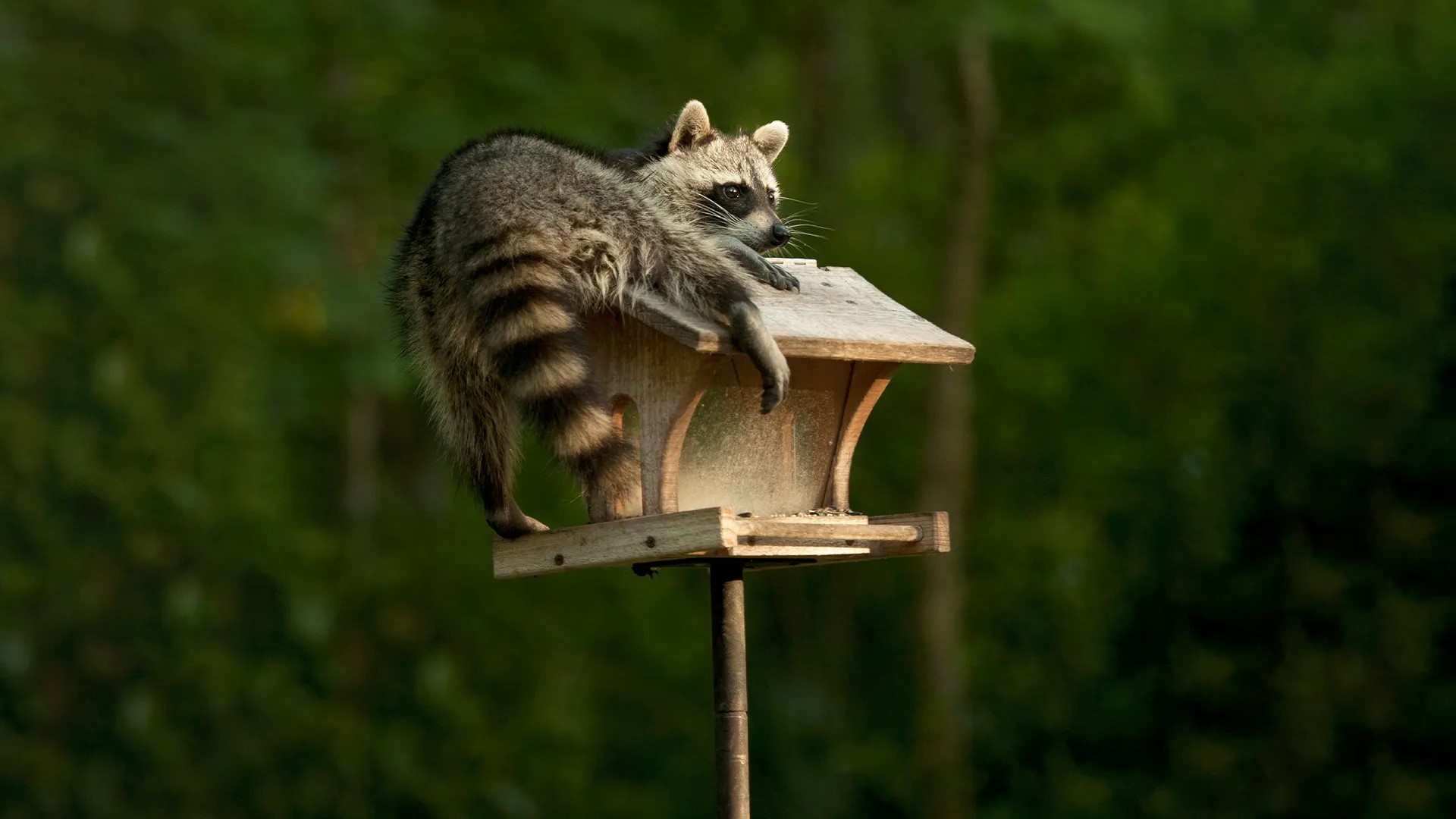
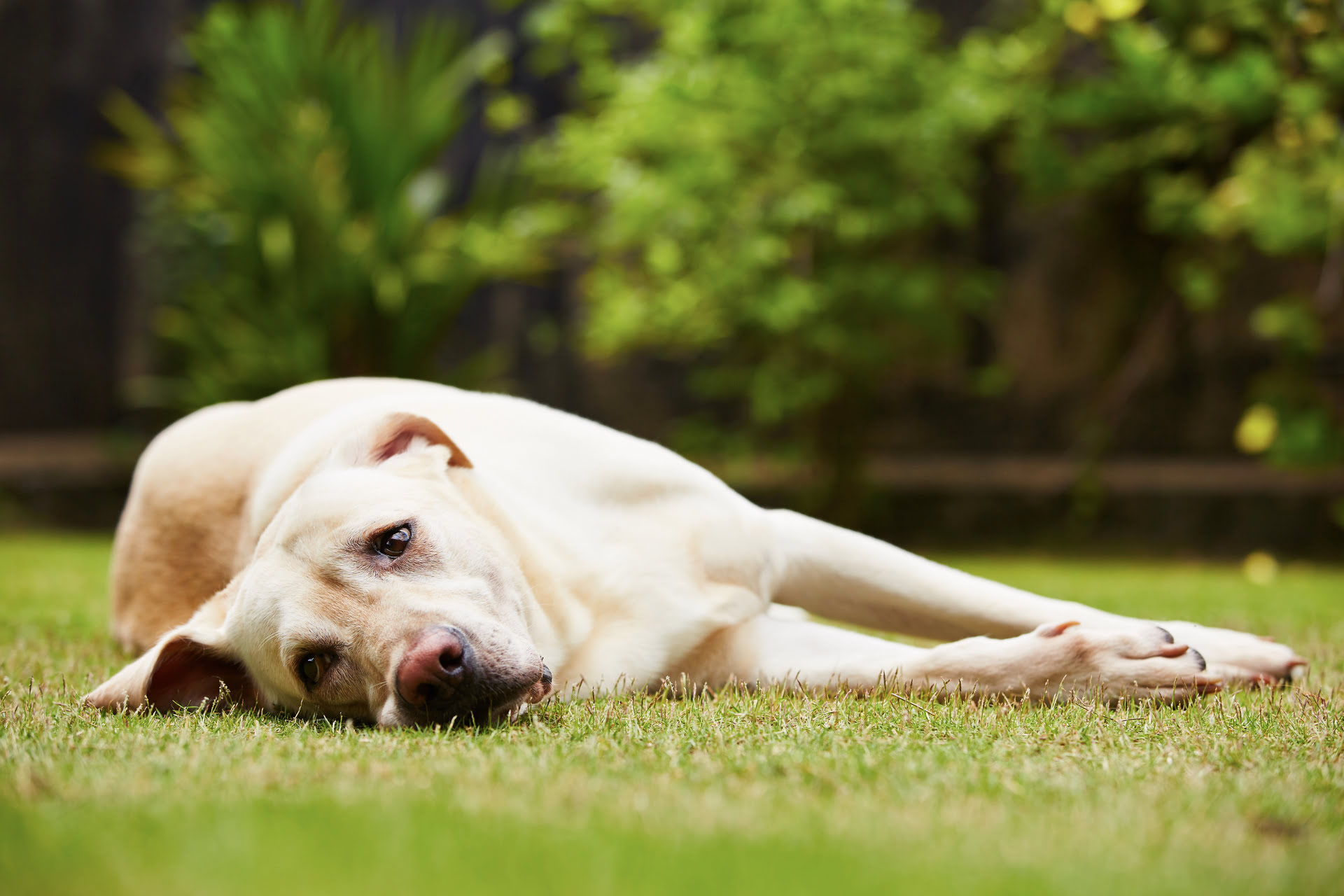
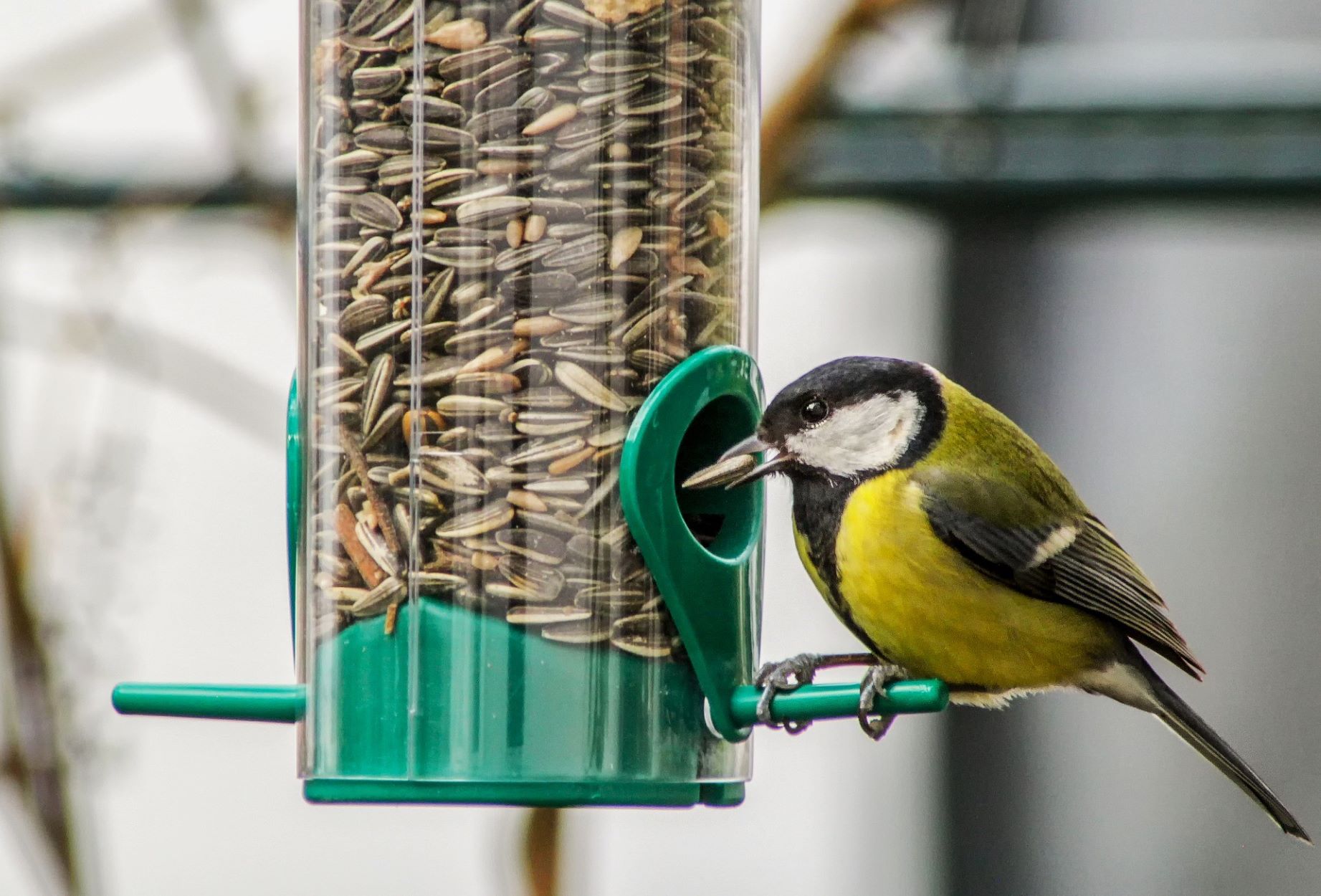
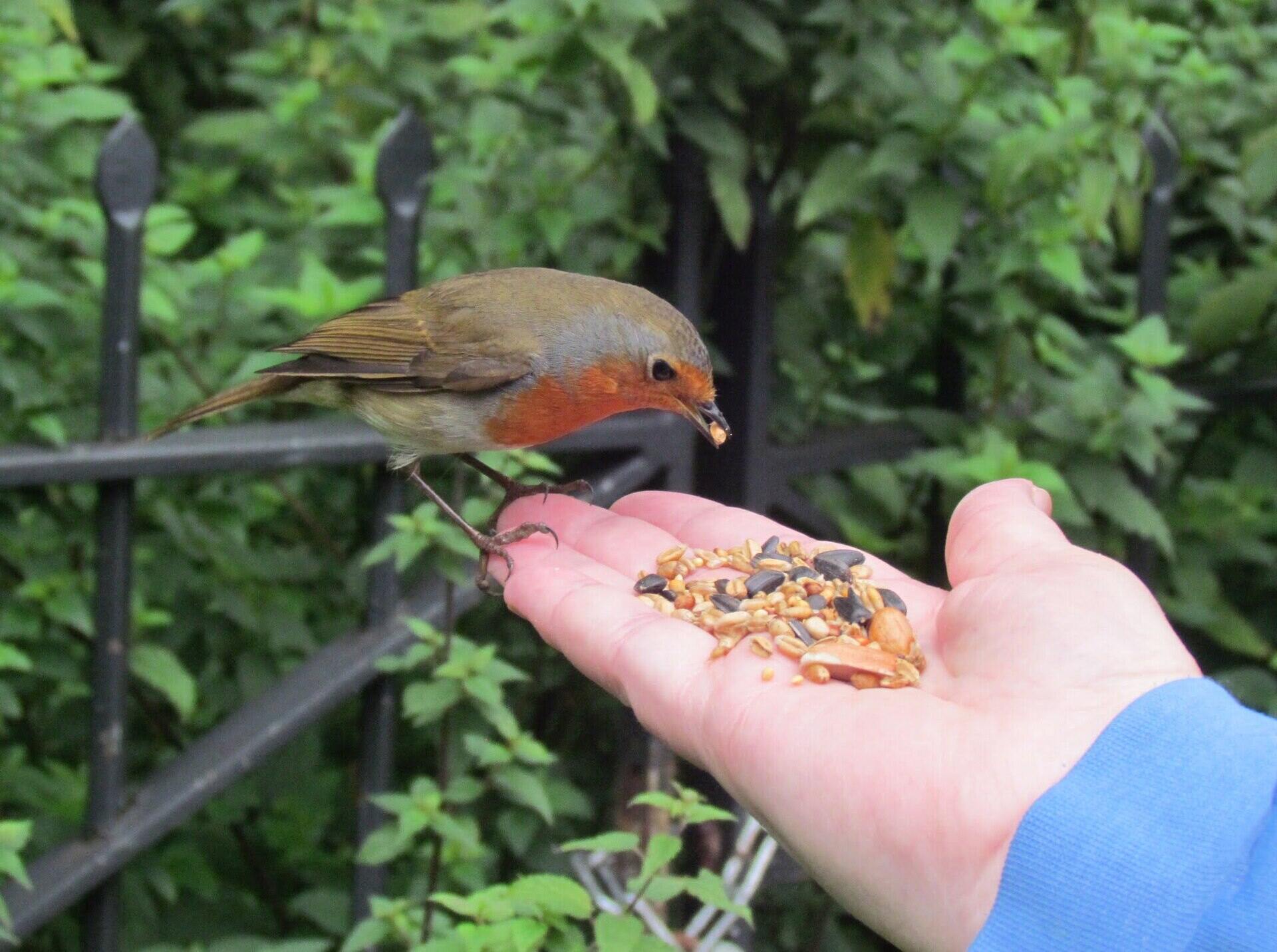

0 thoughts on “What Is The Best Bird Seed”